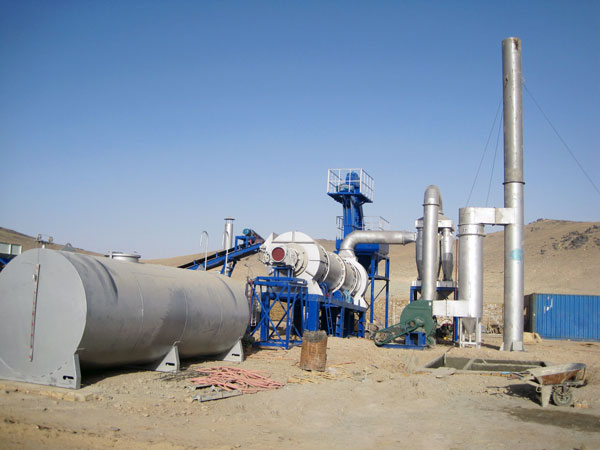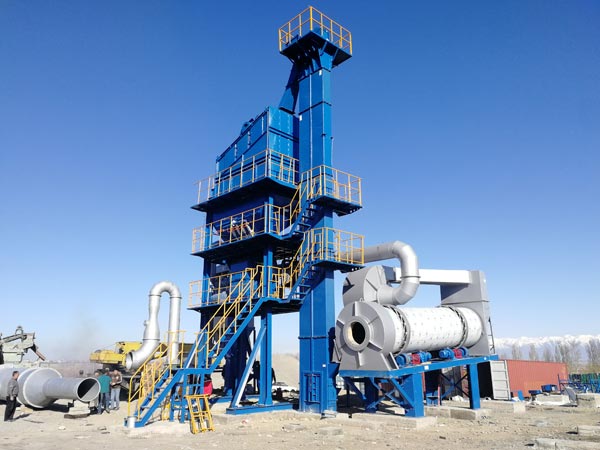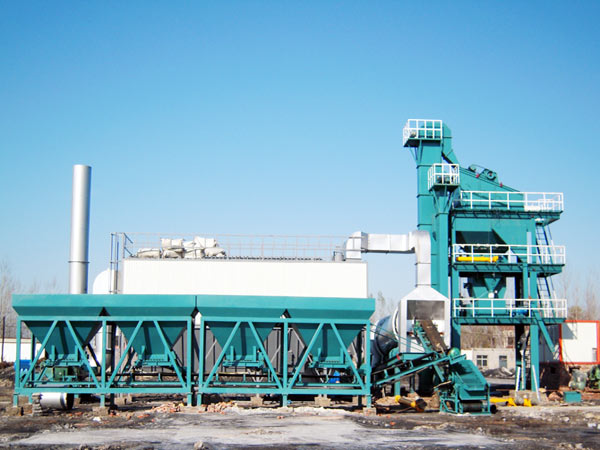Asphalt plants play a crucial role in road construction and maintenance, but their operation can generate significant noise pollution, affecting nearby communities. Understanding how these plants mitigate noise pollution is essential for residents and stakeholders concerned about environmental impacts.

Understanding Noise Sources in Asphalt Plants
Before delving into mitigation strategies, it’s important to identify the main sources of noise in asphalt plants. The noise primarily comes from several asphalt plant components, including:
- Mixing Process: The blending of aggregates and asphalt at high speeds generates considerable sound.
- Transport Systems: Conveyors and trucks moving materials can create loud noises, especially when loading and unloading.
- Burners and Heaters: Equipment used to heat asphalt can be particularly noisy, contributing to overall sound levels.
By recognizing these sources, we can better understand how does an asphalt batch plant work with implement measures to reduce noise.

Strategies for Noise Mitigation
Asphalt plants employ various strategies to mitigate noise pollution, focusing on equipment design, operational practices, and site planning. Here are some of the key methods:
1. Sound Barriers and Enclosures
One effective method asphalt plants use is the installation of sound barriers and enclosures around noisy asphalt plant equipment. These barriers, often made of thick materials like concrete or specialized acoustic panels, absorb sound waves and reflect noise away from nearby residential areas. For instance, a fixed plant might have an enclosed mixer section, significantly reducing the noise that escapes into the environment.
2. Advanced Equipment Design
Modern asphalt plants are increasingly designed with noise reduction in mind. Equipment manufacturers are developing quieter machinery, such as low-noise burners and sound-dampened mixers. Mobile asphalt plants, which are often used for smaller projects, are also designed to operate more quietly. For example, a strong mix mobile plant may come equipped with sound insulation features that limit noise emissions while maintaining high production efficiency.

3. Operational Practices
In addition to physical barriers and equipment design, operational practices play a critical role in noise mitigation. Asphalt plants often schedule their most noise-intensive operations during less disruptive times, such as during the day when ambient noise levels are higher. Moreover, training employees on best practices for loading and unloading materials can help reduce unnecessary noise. For example, fixed plants may implement smoother loading techniques to minimize the noise generated during material transfers.
Case Studies and Examples
To illustrate these strategies in action, consider a few examples of asphalt plants implementing effective noise reduction techniques:
- Mobile Asphalt Plants: A mobile asphalt plant used for local road repairs might employ sound-dampening technologies in its mixing equipment, allowing it to function in urban areas without causing significant disturbance. These plants often come with built-in noise reduction features, making them suitable for sensitive environments.
- Stationary Asphalt Plants: A stationary asphalt plant located near residential neighborhoods may have constructed sound barriers around its perimeter, effectively reducing noise levels and allowing it to operate without complaints from the community. This proactive approach not only helps maintain good relations with residents but also complies with local noise regulations.
- Batch vs Drum Mix Plants: Batch plants, which operate intermittently, can strategically schedule their operations to align with lower noise levels in the area, while continuous mix plants might focus on optimizing their equipment for quieter operation, ensuring that noise pollution remains within acceptable limits.
Conclusion
In conclusion, asphalt plants are increasingly aware of their environmental responsibilities, particularly regarding noise pollution. Through the implementation of sound barriers, advanced equipment design, and strategic operational practices, these plants can significantly reduce the noise generated during their operations. For residents living near asphalt plants, understanding these mitigation strategies can provide reassurance that their concerns are being addressed. As technology continues to evolve, we can expect further advancements in noise reduction, leading to a more harmonious coexistence between asphalt plants and surrounding communities.